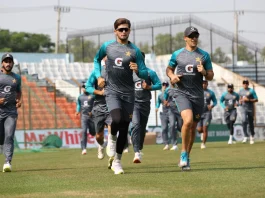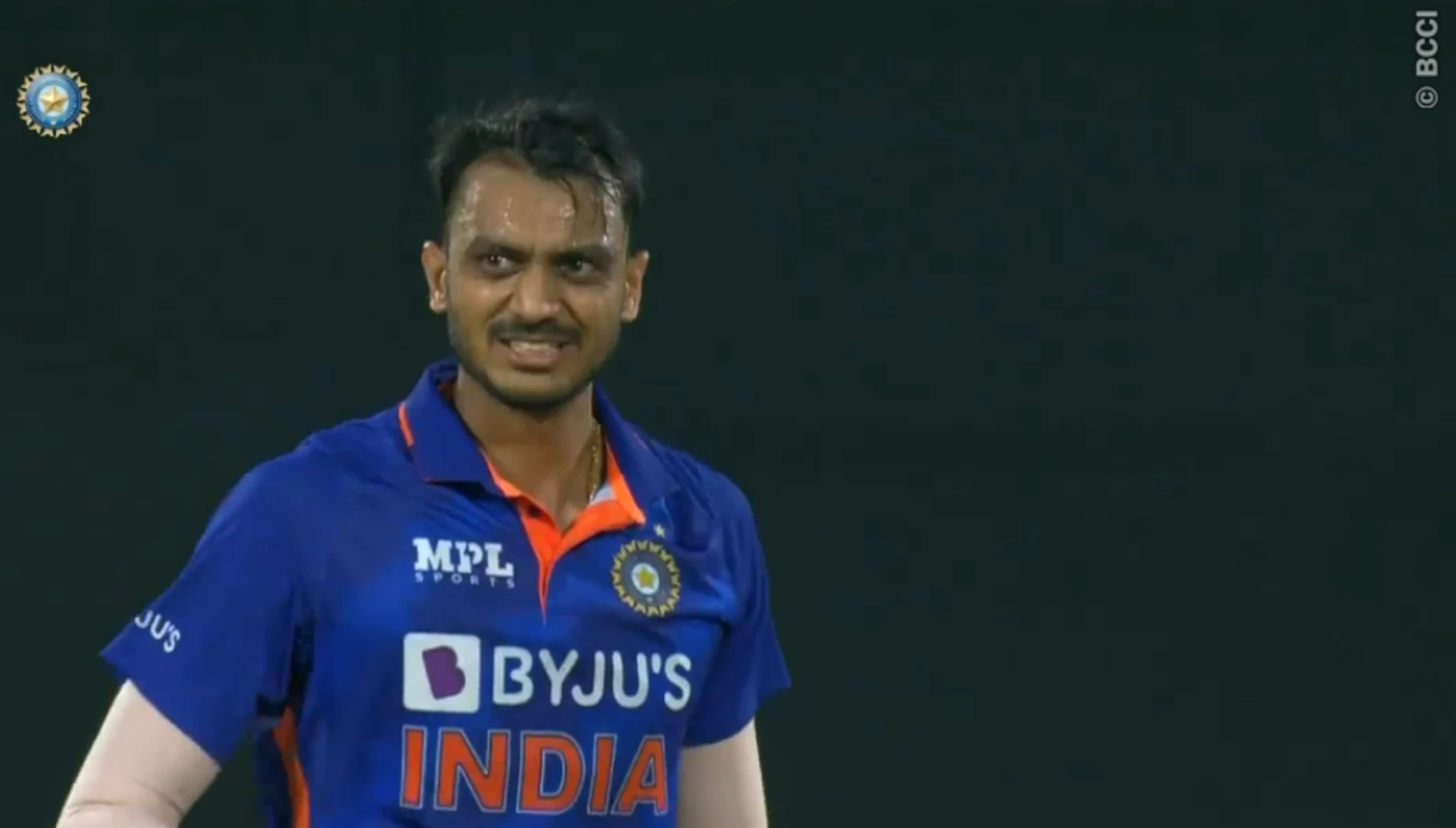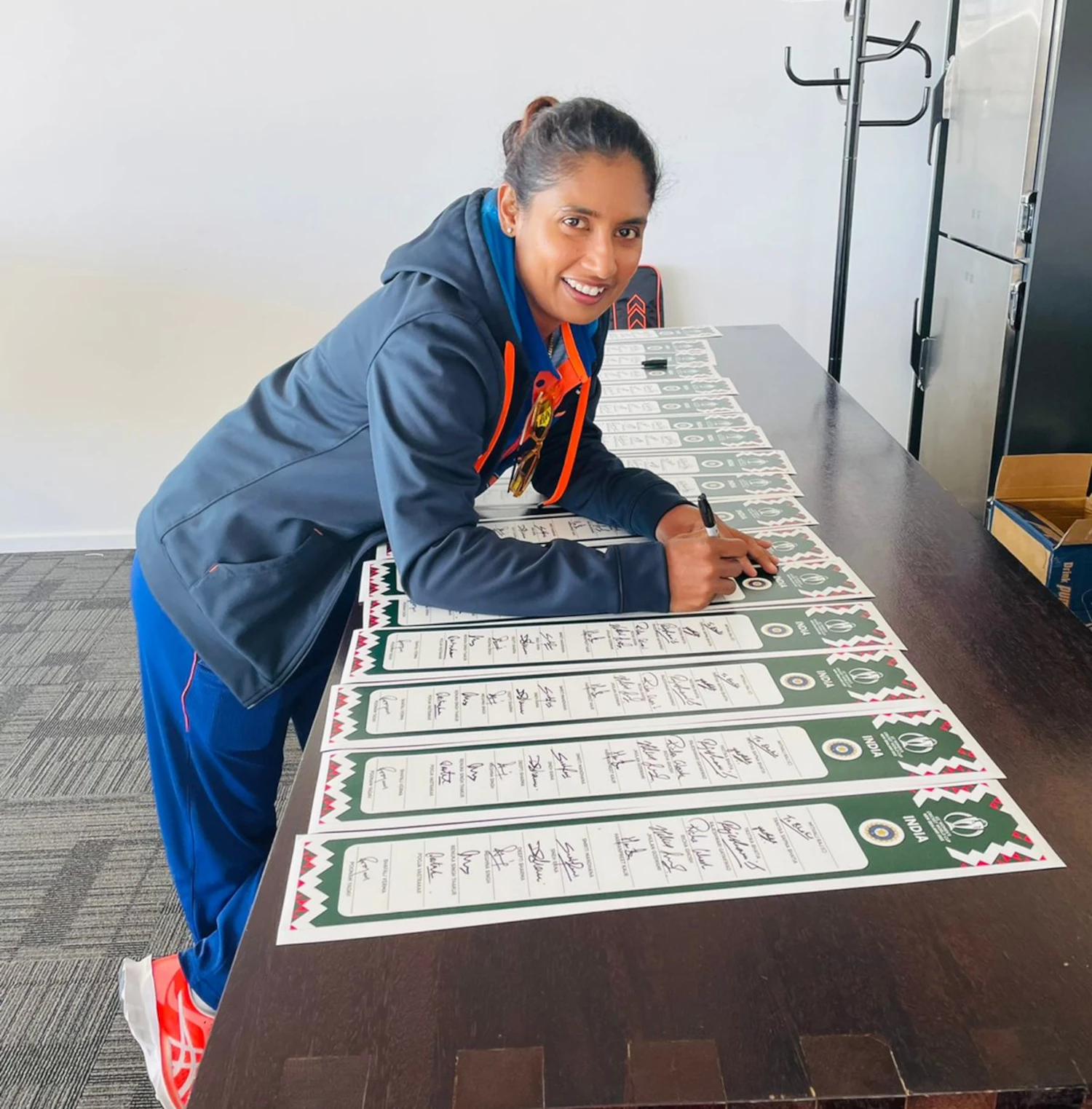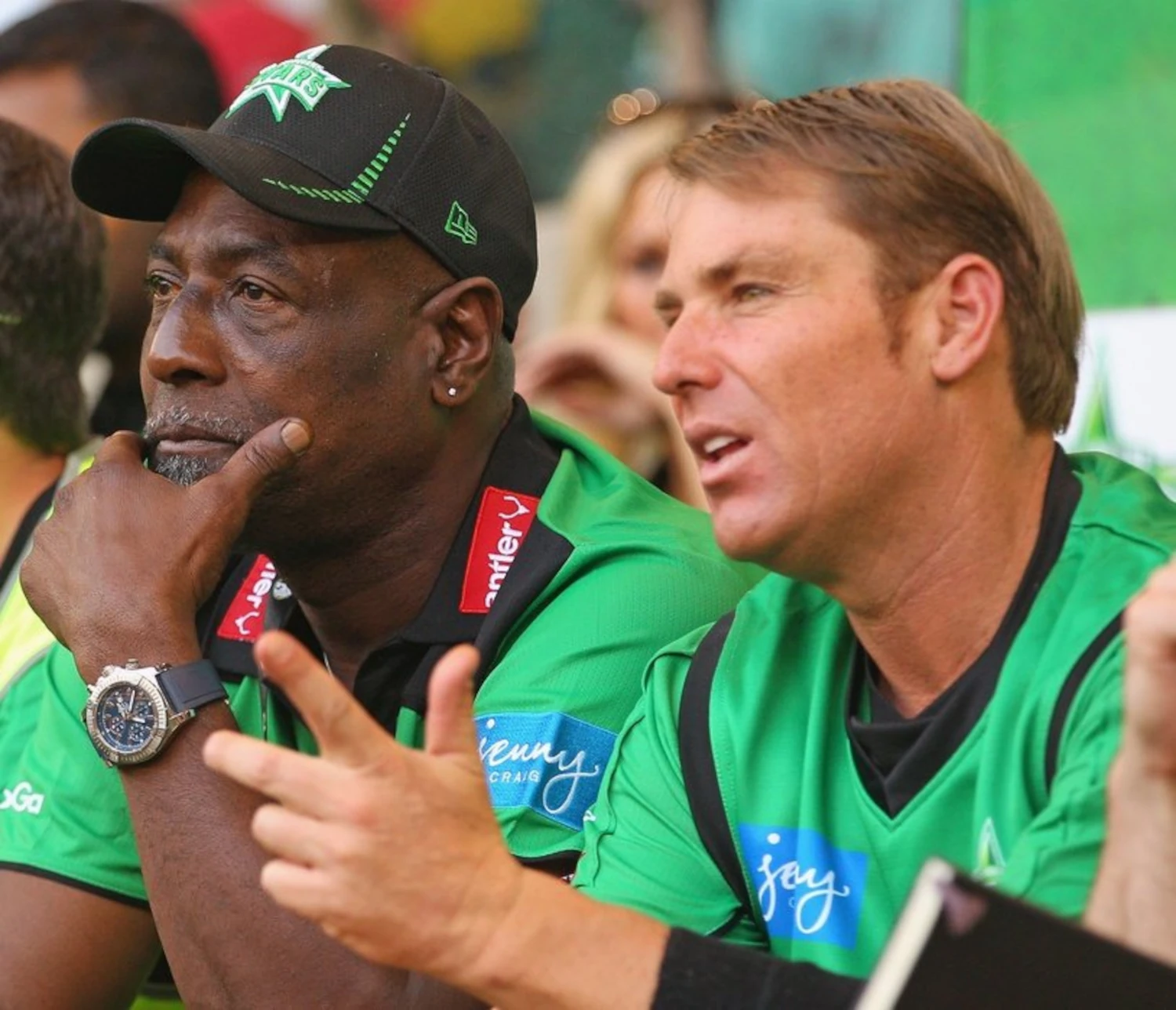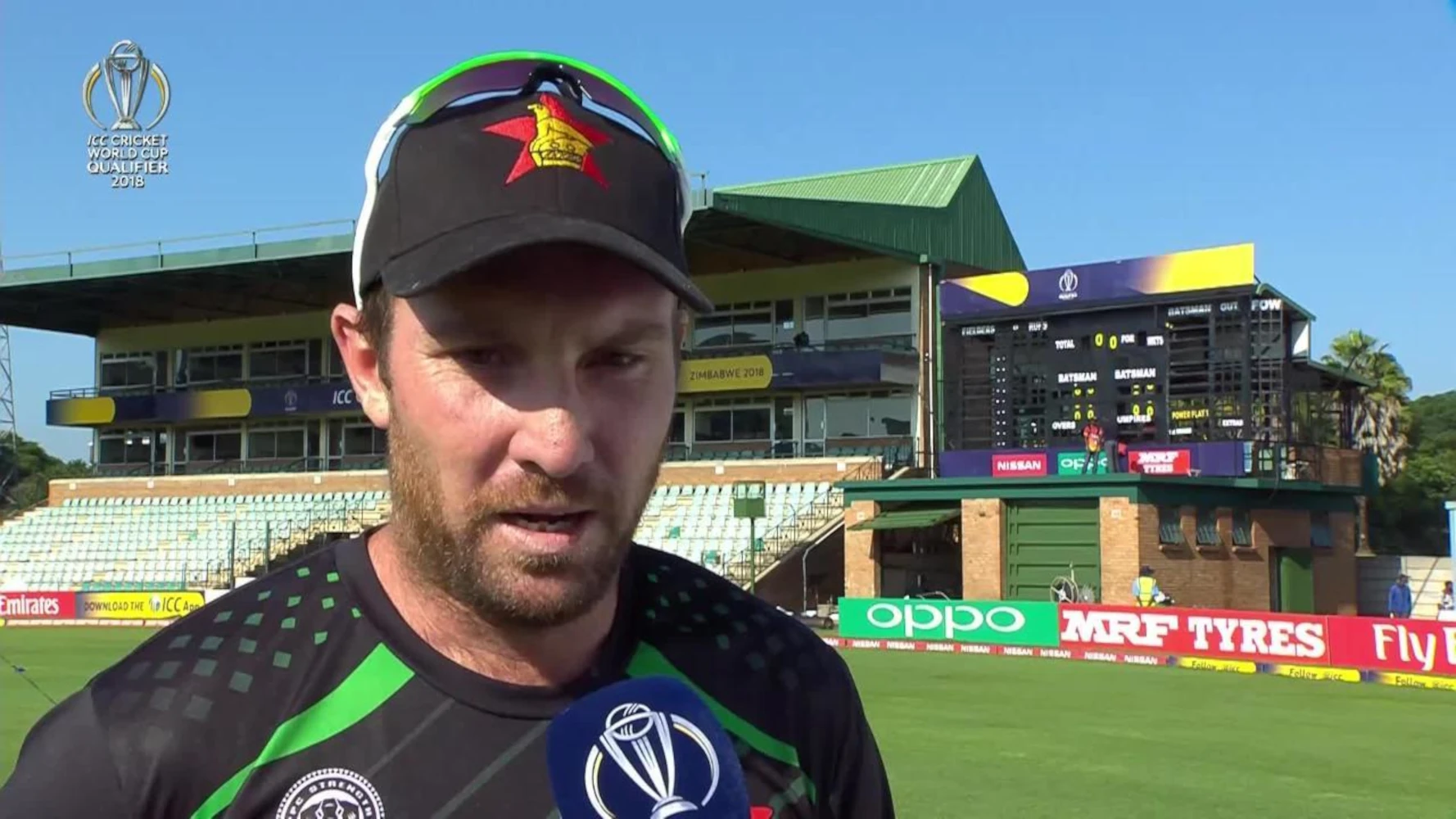The ongoing tour between India and South Africa has been nothing short of a nightmare for the visitors after registering their maiden victory in the first Test at Centurion by 113 runs. The team craved a single win in the rainbow nation, including the ODIs.
Last year, the Indian team outplayed quality teams in the most extended game format and earned many laurels. The team had a historic win at Brisbane Cricket ground, popularly known as The Gabba. It was followed by a series win against England in India, runner up in World Test Championship, and leading the away Test series against England by 2-1. A rescheduled fifth Test match of the series is yet to take place this year. India also had a series win against New Zealand at home turf. These victories were the testimony of the squad, which displayed courage and top-notch cricketing skills to outperform any team in their home turf.
The South Africa tour was the last cherry that had to be on the top of the cake, but something went wrong, leading to ultimate failure inflicting results for the same team. Lots had happened before and during the tour, which transpired into the team’s disastrous performance against South Africa. Sudden transitions in leadership and middle-order collapse are some of the few. Team India locked horns with South Africa for the last and final ODI on Sunday at Newlands, Cape Town and lost by 4 runs.
We look back at the top three main reasons that caused such embarrassing outings for team India, in Tests and ODIs. The three main reasons are as follows-:
Inconsistency in middle-order-:
The foremost reason for the team’s failure is inconsistency from middle-order batters. Performances in bits & pieces resulted in no fruit to the team, instead of costing heavily. However, Virat Kohli pointed fingers at nobody in his virtual press conference; the scorecard of every player spoke volumes of their poor performance in the tour. Players like Virat Kohli, Cheteshwar Pujara, Ajinkaya Rahane, Rishabh Pant and R Ashwin performed in bits & pieces. Still, it all went in vain as there were no collective efforts to clinch a win in any of the Test matches, except first.
Pujara’s stability at the crease was only evident in 2nd innings of the second Test, while Rahane forgot to pack his class. After bashing and criticism, Rishabh Pant played an impressive knock in the 3rd Test and 2nd ODI, but both went in vain. Both were missing R Ashwin’s magic with bat & bowl as the quality all-rounder seemed out of touch in the tour. Virat Kohli was relatively consistent with his performances in the series, but even he failed to outperform Rabada & Co.
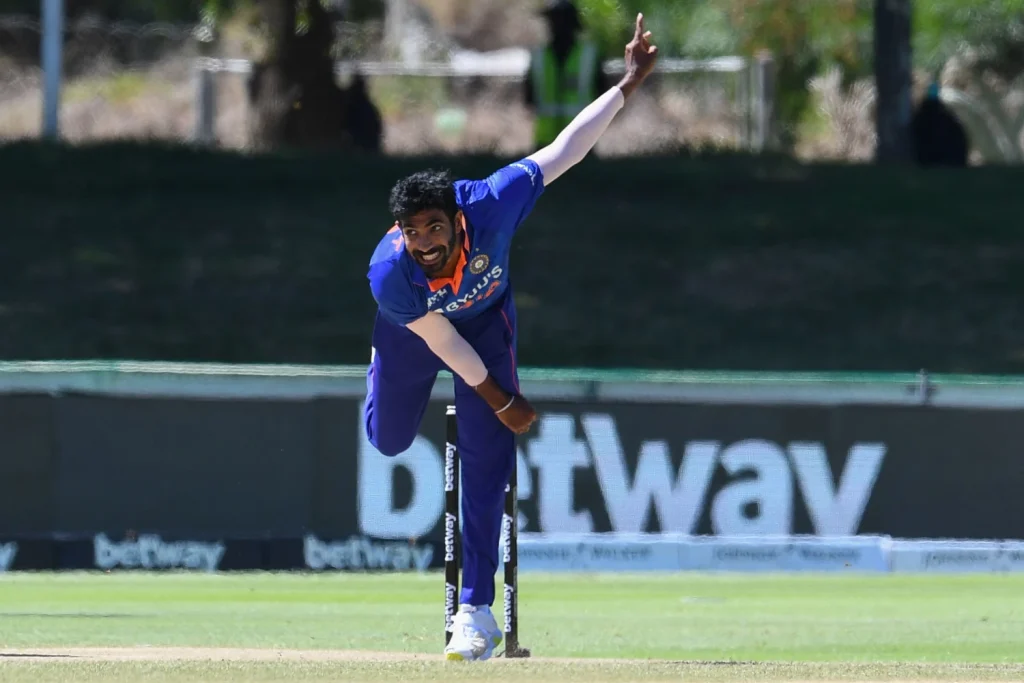
Failure of bowlers-:
India’s experienced and world-class bowling lineup looked fatigued in front of South Africa’s not such an experienced batting side. Injuries to Md. Shami and Md. Siraj costs heavily to visitors, as reflected in their bowling as well. Ishant Sharma, the most experienced in the lot, was warming up the bench throughout the series, and once fast & fierce, Umesh Yadav was given chances in the last 3rd Test match but could not make an impact.
Jasprit Bumrah, a world-class bowler, performed, but it was not enough to surprise the hosts. Bumrah could only manage to clinch a 5-wicket haul in the third Test, but that was not vital enough to restrict a gutsy knock from South Africa’s batting. However, Shardul Thakur’s 7-wicket haul in the 2nd Test did draw some limelight, but that was just one day’s wonder and other than that, nothing worked well for the bowling all-rounder in the tour.
Transition in captaincy-:
Kohli had often hinted that transition must occur. Still, it should be ‘natural.’ The day after South Africa defeated the team in the Test series, Kohli resigned as Test captain without naming his successor. Seems not so natural.
The uproar over transition started days before the South Africa tour; while announcing the 15-men squad, the Men’s Senior Selection Committee notified that Kohli had been sacked from 50-over format and Rohit Sharma will be taking over captaincy reign. The event followed a cold war between Virat Kohli and BCCI president Sourav Ganguly. The former contradicted the latter by saying that no one from BCCI convinced him not to quit T20 captaincy after the T20I World Cup. In his frequent media appearances, Ganguly claimed that Rohit’s ability to win big tournaments for his team, which Kohli missed, was one of the primary reasons for opting him as the new captain. That must have hurt Kohli.
Rohit Sharma was supposed to lead the team in limited over format, but as he has yet to cope with his hamstring injury, not so experienced KL Rahul donned the cap; the team lost every match he led the team, including 2nd Test as well.

